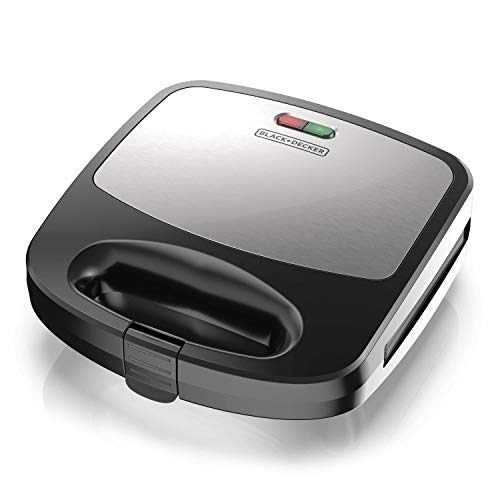

Step 1: Modify the existing Column function by adding the YTD argument, which takes the same input that the Month and Year arguments receive.
Again, note that the first instance of the Column function has no arguments because it contains the logic that was in the original Excel worksheet you imported.

Step 2: Create a new iteration of the IF function that returns 2016 when the original Column function argument is greater than 5,000.

Step 3: Use the greater-than operator (>) on the result of the new Column function.
This operator will return a value of false for the second iteration of the Column function.

Step 4: Number the rows using the Auto Number function and number the columns using the Custom List 2 function.
Each time a custom list is imported, it retains its numbering scheme, so you can continue to use a single list to number every column.

Step 5: Add the IF function that returns the correct values for values that are less than or equal to 5,000.
This will number the columns using the custom list 2.

Step 6: Add a new column to the end of the table and include text that indicates whether the sales for the month are up or down over last year.

Step 7: Add a fourth iteration of the Column function that uses the operator <= to determine whether the sales for the month are up or down over last year.

Step 8: Use the IF function to generate the text that indicates whether sales are up or down in column P6.
If sales are up, enter Up Else Down. Otherwise, insert the text Down Else Up.

Step 9: Use the MIN function to determine the lowest sales value for the year.
This works because dates are interpreted as serial numbers. Because Excel interprets row 1 as 1/1, this value is actually the minimum for the year.

Step 10: Use the IF function, which returns the text Up or Down based on whether the sales increase or decrease with the MIN function.
This will return the word Up if the sales are up, otherwise, it will return the word Down.
